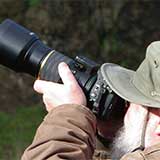Tillamook Coast Life Blog
Flowers on Mt. Hebo
Spring brings wildflowers to Mt. Hebo
Wildflowers and Vegetation, and where to find them on Mt. Hebo
I drove up Mt. Hebo on May 3 to check on the wildflower bloom. The day was sunny, but the vegetation was wet with overnight rain. Blooming in the area begins near sea level and gradually progresses upslope. With each sunny day now, the soil will warm and each species’ wave of blooms will surge up the slopes. Mt. Hebo is over 3,000 feet tall, and the road up the mountain makes it easy to keep track of the development of wildflowers and other vegetation from bottom to top.
Below 1,000 feet
Bleeding hearts were only blooming in the first 2 miles, below 600 feet elevation.
1,000-2,000 feet
Bracken fern, which grows all new fronds from the perennial rootstock each year, had well-developed new fronds near the bottom, partially furled fronds at 1,000 feet, and fiddleheads with tightly curled tops at 1,700 feet near Hebo Lake. Higher on the mountain the dried fronds from last year formed mats on the ground where they were crushed by winter snowpack, and new growth had not emerged.
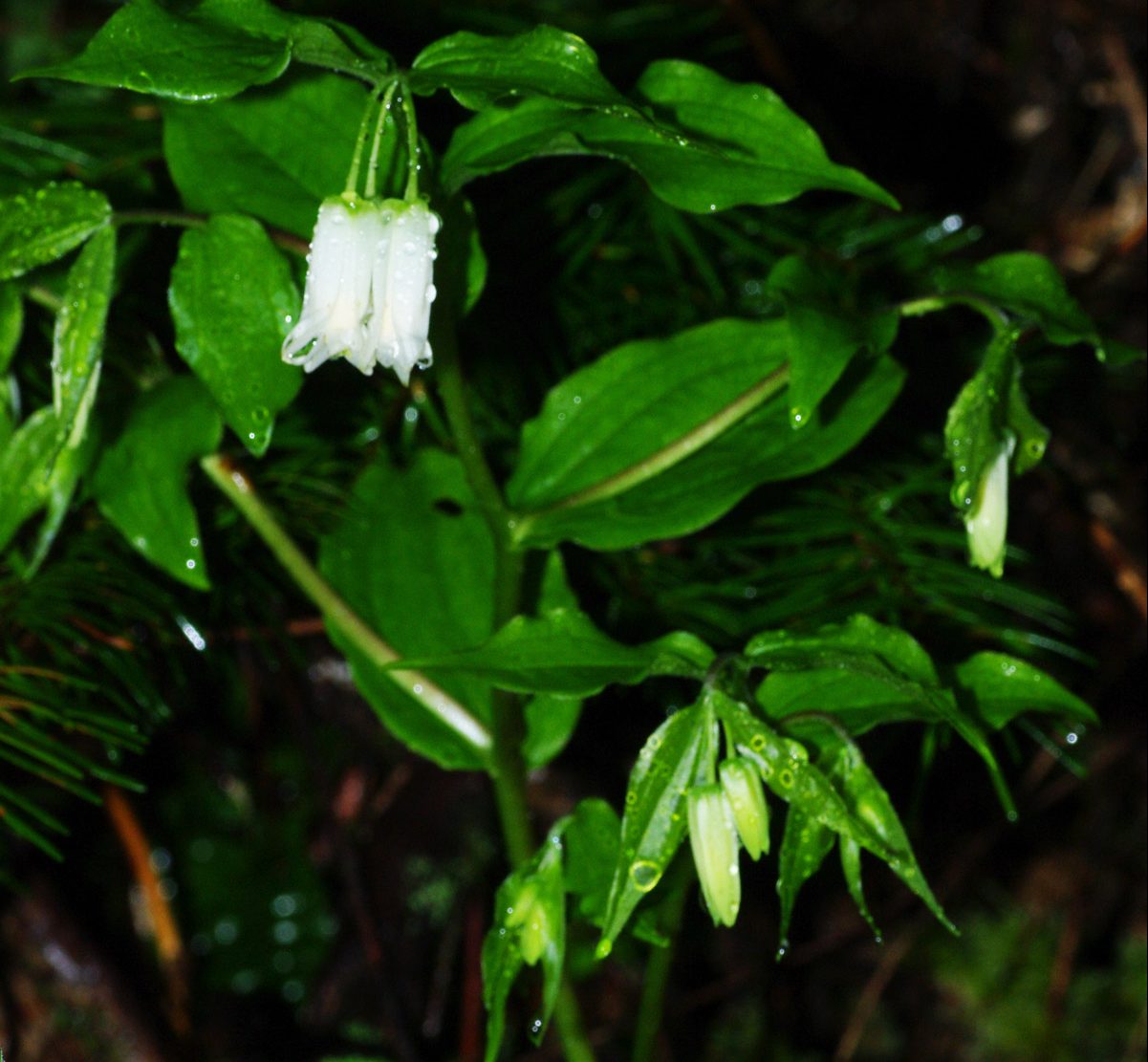
Smith’s Fairy Bells were blooming from the bottom up to 1,500 feet, and were leafed out to 1,800 feet. Thimble-berry bushes were fully leafed out to about 1,000 feet, but at the top of the mountain the leaf buds had not even begun to swell. On the other hand, yellow Violets were blooming profusely from bottom to top of the mountain.
Mountaintop
Western Trilliums (aka Wakerobins) are among the most common and showy spring wildflowers on the Oregon Coast with flowering beginning in March. On Mt. Hebo, they are common on the roadside. At the top of the mountain the blooms were fresh and a few were still in bud.
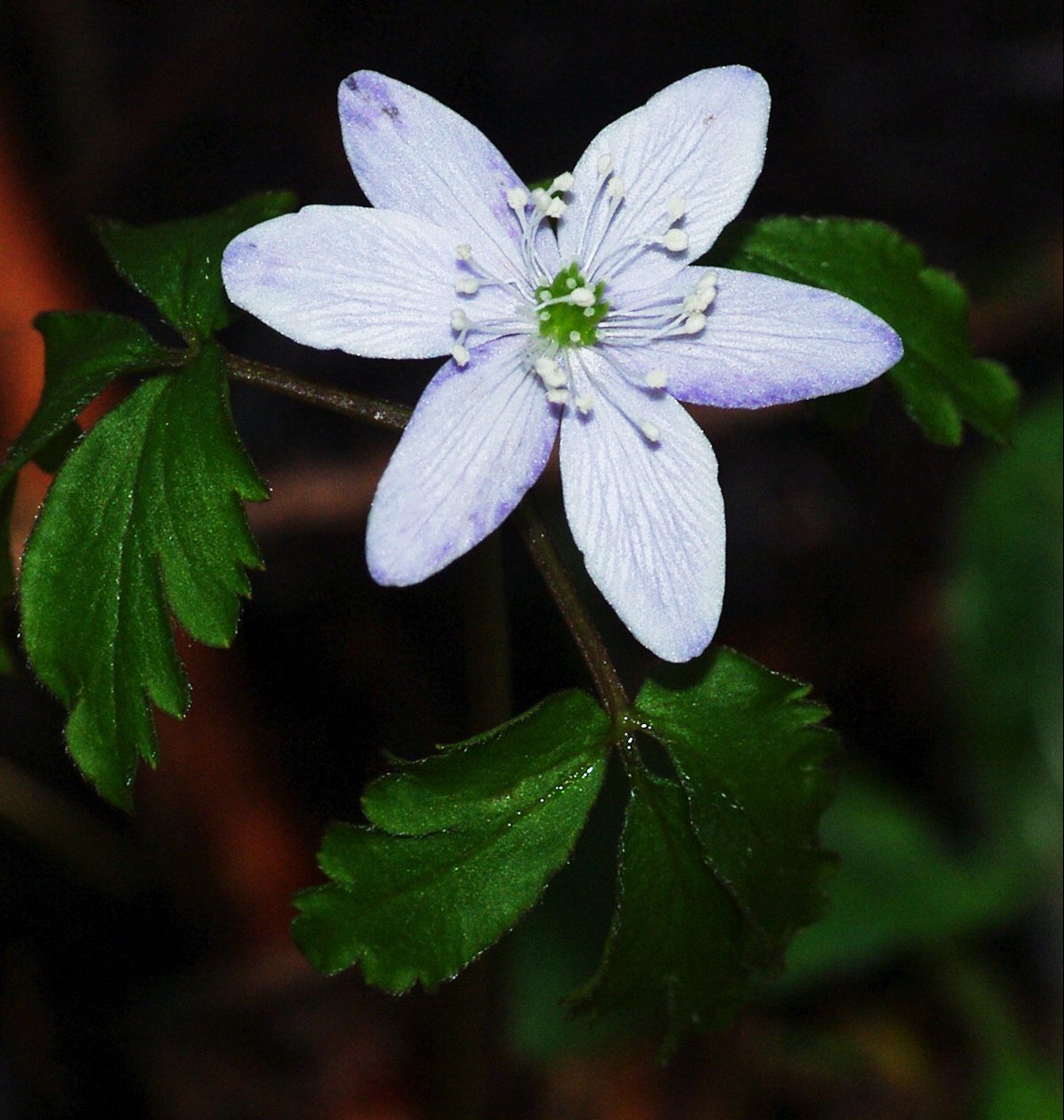
Western Wood Anemones were blooming mostly near the top, and even there were past their peak.
Mt. Hebo fen
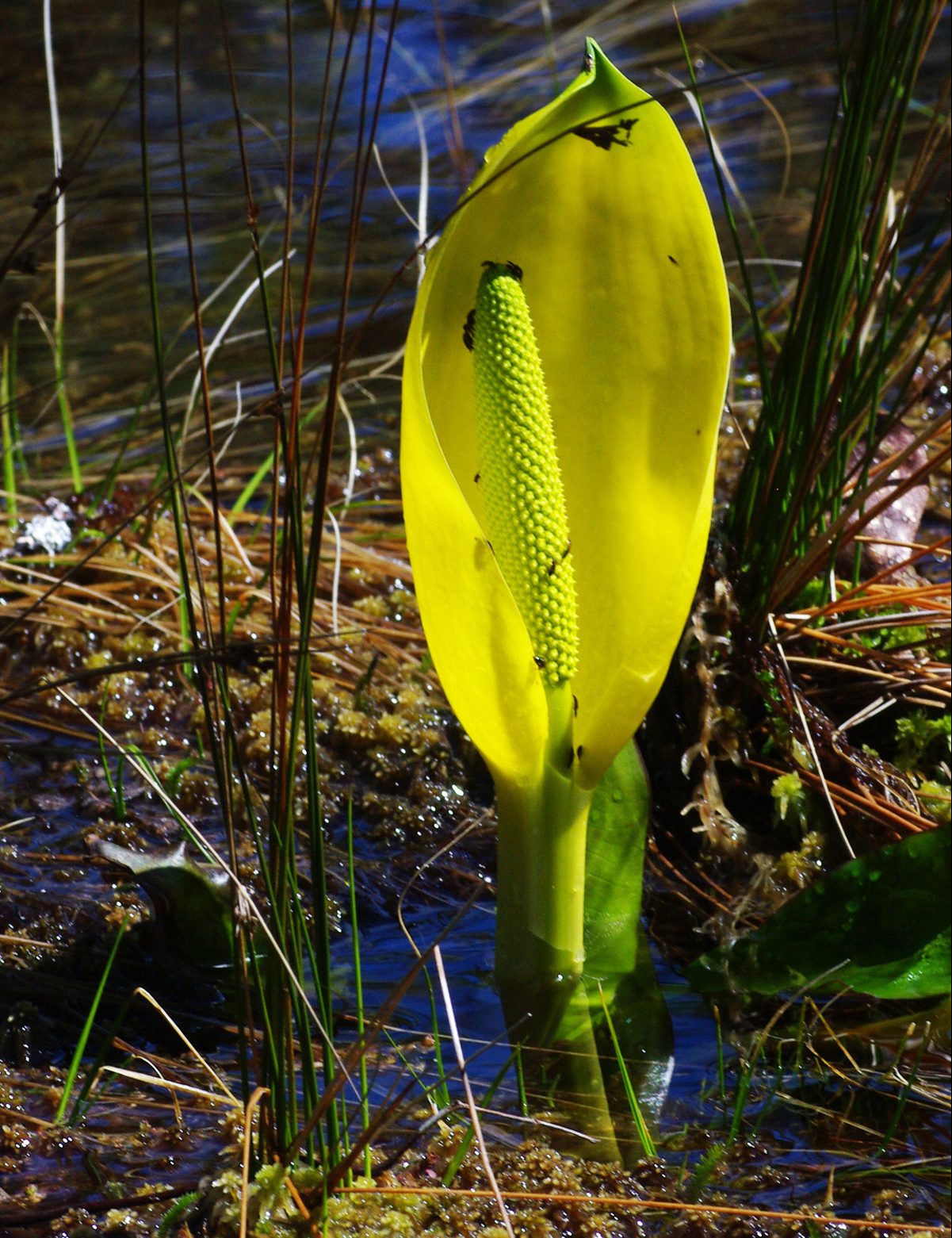
On top of the mountain I visited one of my favorite spots: the Mt. Hebo fen. A fen is a wetland fed by groundwater seepage. The Mt. Hebo fen itself is an area of sphagnum and other mosses growing on nearly flat rock with pockets of saturated soil. Water seeps out through the moss mats and sheets over the rocks to gather into a stream that passes under a footbridge on the trail and into a steep canyon. To visit Mt. Hebo’s fen, go to the end of pavement near the communication towers and turn right onto the road that runs northeast along the spine of the mountaintop for about 1.3 miles.
The short trail is marked by a wooden post on the roadside. The trail initially passes through a stand of Norway spruce which was planted experimentally several decades ago. The ground supports a dense mat of mosses with two species of Club Mosses and spring wildflowers growing from it.
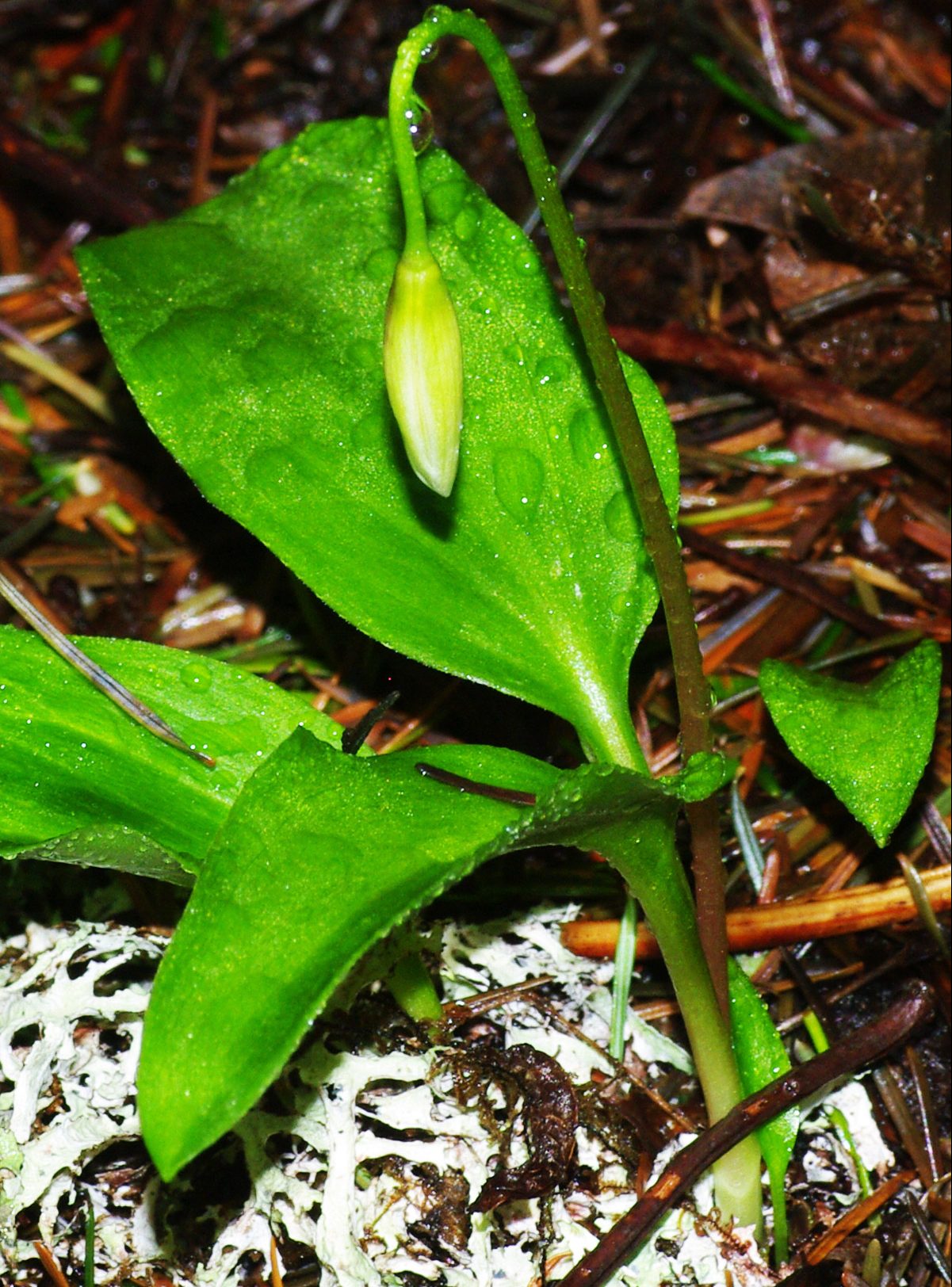
Lesser Twayblade orchids were up and in bud, but not yet in bloom. These tiny plants have two heart-shaped leaves and lovely greenish or dark reddish flowers with deeply cleft lips. Elegant Fawn Lilies were also in bud along the trail and a single one had begun to open.

